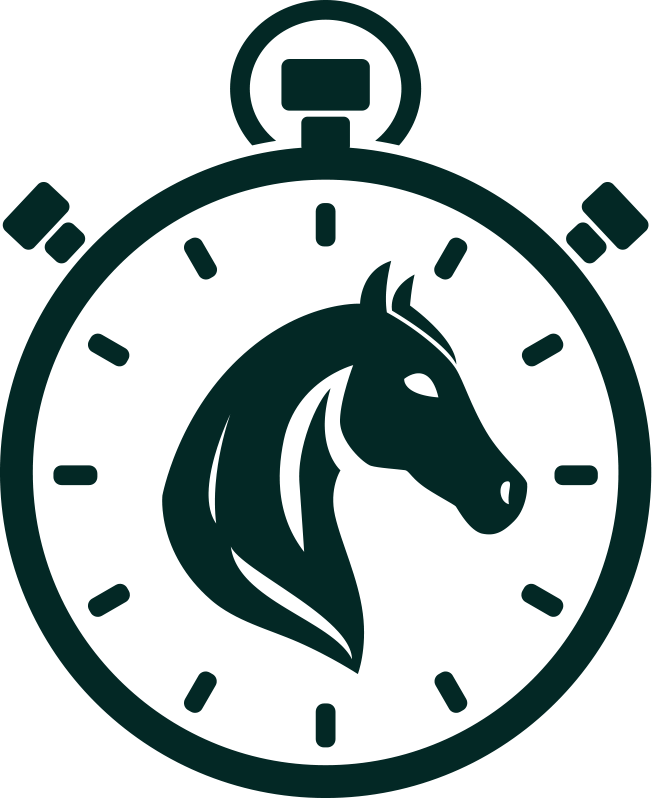Title: "Revolutionizing Therapy: How Interactive Robots Can Mimic the Emotional Dynamics of Therapy Horses"
According to new research from the University of Bristol, interactive robots should not just be passive companions, but active partners, like therapy horses who respond to human emotion.
Equine-assisted interventions (EAIs) have emerged as powerful alternatives to traditional talk therapy for people with PTSD, trauma, and autism—conditions where emotional regulation and expression can be difficult through words alone.
In these programs, horses act as emotional mirrors, reacting not to verbal cues but to body language and energy. Tense or dysregulated individuals may find their cues ignored until they calm and communicate clearly. This reflection helps participants build emotional awareness and develop self-regulation skills.
Now, University of Bristol researchers are proposing that therapeutic robots should mimic this dynamic, offering authentic emotional feedback, not just obedience.
“Most social robots today are designed to be obedient and predictable, following commands and prioritising user comfort,” explains lead author Ellen Weir from Bristol’s Faculty of Science and Engineering. “Our research challenges this assumption.”
From obedience to emotional reciprocity
Instead of treating robots as endlessly accommodating companions, the researchers argue that therapeutic bots should show a degree of autonomy and resistance, only engaging positively when the user demonstrates calmness and emotional clarity, just as horses do.
“We found that therapeutic robots should not be passive companions but active co-workers, like EAI horses,” says Weir.
“Just as horses respond only when a person is calm and emotionally regulated, therapeutic robots should resist engagement when users are stressed or unsettled. By requiring emotional regulation before responding, these robots could mirror the therapeutic effect of EAIs, rather than simply providing comfort.”
This approach could shift therapeutic robotics from comfort-based design to co-regulation-focused interaction, encouraging deeper emotional growth rather than simply soothing distress.
Echoes of animal-assisted therapy, sans the animals
While EAIs offer proven benefits, they require highly trained animals, expert facilitators, and significant resources, making them inaccessible to many. Robotic alternatives that emulate this two-way emotional feedback loop could open new doors for trauma recovery, autism support, and mental health care at scale.
Beyond therapy, Weir and her team see broader implications for emotionally responsive robots in education, workplace wellbeing, and even social robotics.
“The next challenge is designing robots that can interpret human emotions and respond dynamically—just as horses do. This requires advances in emotional sensing, movement dynamics, and machine learning,” said Weir.
“We must also consider the ethical implications of replacing sentient animals with machines. Could a robot ever offer the same therapeutic value as a living horse? And if so, how do we ensure these interactions remain ethical, effective, and emotionally authentic?”
The research will be presented at the 2025 CHI Conference on Human Factors in Computing Systems.







